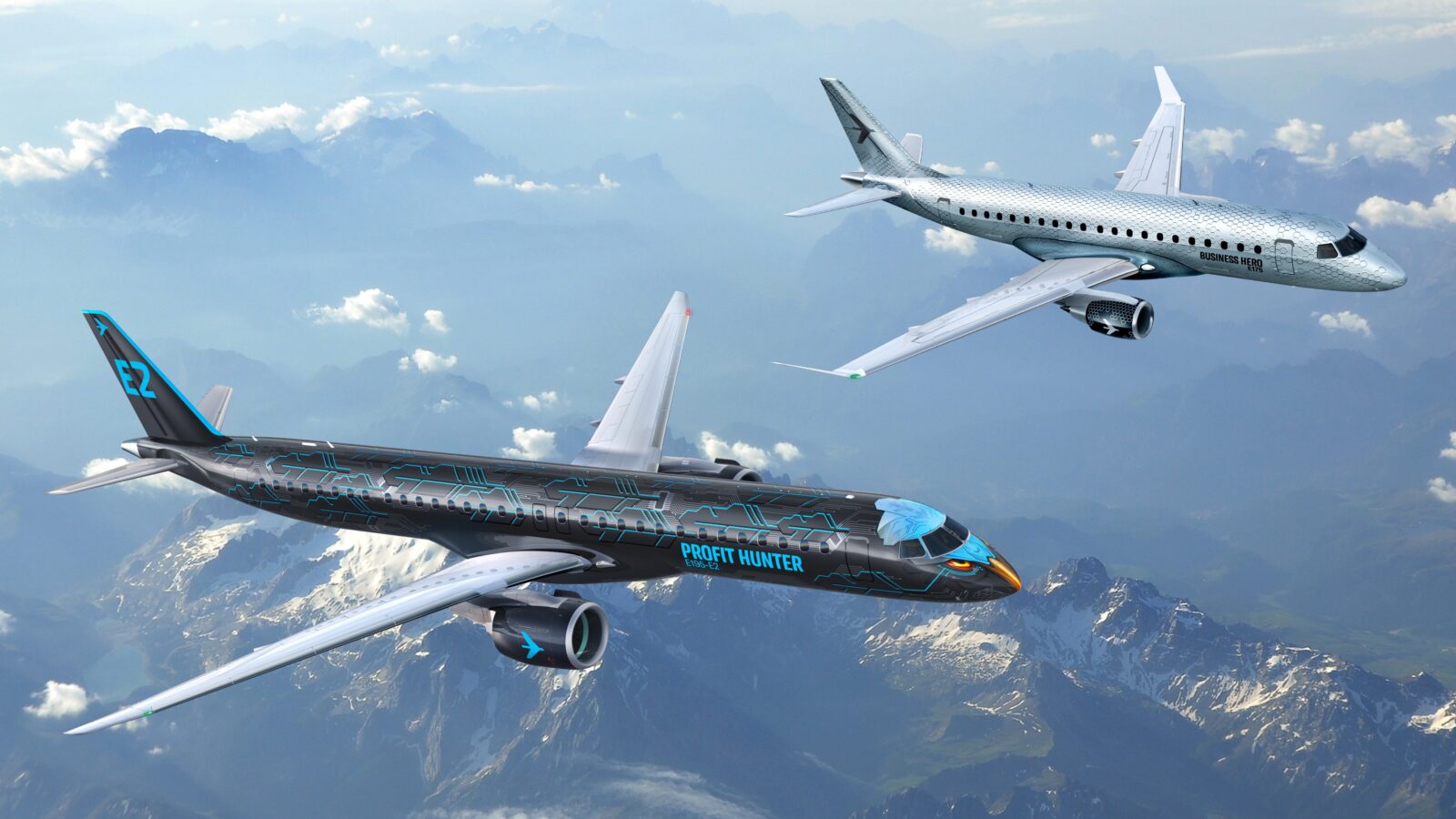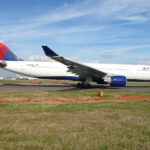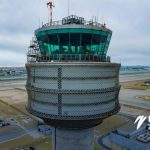Embraer presented a wide range of updates and performance improvements for its E175, E190-E2, and E195-E2 commercial jets at the Farnborough Airshow. The enhancements include reduced fuel consumption, increased range, and updates to avionics and passenger cabins.
The Brazilian manufacturer claims that these improvements will not only boost operational efficiency but also increase the net value of each aircraft by $6 million over 15 years through cost reductions and additional revenue.
Arjan Meijer, President and CEO of Embraer Commercial Aviation, stated, «Our goal is to continuously improve our aircraft, and the enhancements announced today, which reduce fuel consumption and emissions, increase range, improve passenger and cabin experience, and add new technologies and connectivity, are great news for both our customers and their passengers. Embraer is committed to offering the safest, most efficient, comfortable, and commercially viable aircraft.»
Improvements for the E175
Embraer introduced an improvement package for the E175, incorporating features from its successor, the E2. In 2016, this model received enhancements that reduced fuel consumption by 6.4%.
The overhead luggage compartment capacity of the E175 will be doubled to match that of the E2, allowing one «wheels first» suitcase per passenger. Cabin lighting and new Recaro seats will also be similar to those installed in the E2.
Satellite connectivity will soon be available for the first time on the E175, a significant boost for business travelers and those wishing to stay connected in-flight. Both Ku-band and Ka-band satellite connectivity will be available for retrofit in 2026.
Finally, data transfer solutions and weather radar will be updated to match the E2 capabilities. This will enable digital transformation and wireless recovery of flight data and will be available in Q4 2024.
The next-generation weather radar will offer turbulence detection and alert, predictive wind shear detection, and 3D volumetric scanning, becoming available in Q2 2026.
Improvements for the E2
Embraer launched a series of improvements for the E190-E2 and E195-E2, reducing fuel consumption by 2.5%, increasing range by 400NM, and improving GTF engines, among other updates.
The fuel consumption of both E2 models has improved by 2.5%, making the E195-E2 consume 12.5% less than its main competitor.
The improved consumption rates experienced by airlines in real operations have been confirmed. This is also due to an improved purge management system, which demands less from the engine, thereby saving fuel.
This enhancement costs $1 million per aircraft and reinforces the E2‘s position as the most sustainable single-aisle aircraft on the market.
The E195-E2‘s range has increased to 3000NM. Recently, the new maximum takeoff weight of 62,500 kg was certified, which, combined with lower fuel consumption, provides this range improvement.
Improvements to the GTF engines on the E2 will increase operational time by 10%. This is achieved by optimizing climb thrust, reducing engine wear and extending operational time.
This is expected to save operators $0.5 million over 15 years.
Embraer also introduced its enhanced takeoff system for the E2, which produces a more precise and efficient rotation moment and flight path, reducing the required field length and pilot workload, meaning more payload and range from challenging airports.
This provides the E2 with the best performance in its class from airports like London City, Florence, and Santos Dumont. For example, it adds 350 nautical miles of range from London.
The optimization of the E195-E2 cabin has allowed Embraer to add another row of four seats to most configurations. The maximum capacity remains 146 seats. Recaro seats will also be available as an option.
An extra row of seats can generate additional revenue for airlines equivalent to $4.5 million per aircraft over a period of 15 years.














